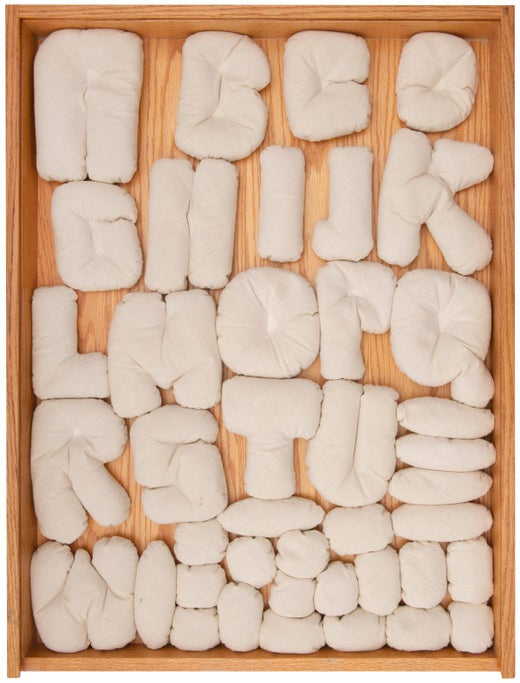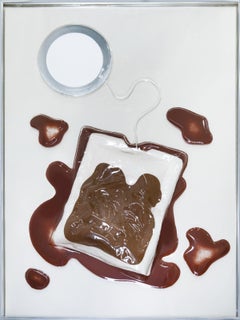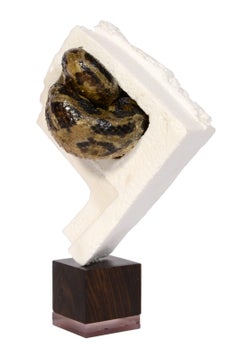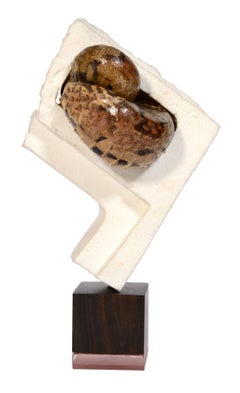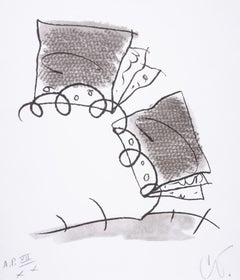Claes OldenburgLondon Knees 19661968
1968
Angaben zum Objekt
- Schöpfer*in:Claes Oldenburg (1929, Amerikanisch, Schwedisch)
- Entstehungsjahr:1968
- Maße:Höhe: 19 cm (7,49 in)Breite: 43,2 cm (17,01 in)Tiefe: 29,5 cm (11,62 in)
- Weitere Editionen und Größen:Edition of 120Preis: 14.006 $
- Medium:
- Bewegung und Stil:
- Zeitalter:
- Zustand:
- Galeriestandort:London, GB
- Referenznummer:Anbieter*in: 1082351stDibs: LU47016440072
Claes Oldenburg
Einer der ersten Pop-Künstler, Claes Oldenburg wurde in Stockholm geboren. Der Sohn eines schwedischen Diplomaten verbrachte seine ersten Lebensjahre in Stockholm und Oslo, bis die Familie 1937 nach Chicago zog.
Oldenburg besuchte die Yale University, kehrte dann nach Chicago zurück, wo er für eine Zeitung arbeitete und außerdem Zeichenkurse am Art Institute besuchte. Im Jahr 1956 zog er nach New York.
Oldenburgs frühe Kunst in New York waren Werke des urbanen Realismus in Karton und Papier, die von den Arbeiten von Dubuffet und den Neuen Realisten beeinflusst waren und als brutale Antwort auf die Gesellschaft gesehen wurden. 1961 mietete Oldenburg ein Ladenlokal in der Lower East Side und verkaufte dort bunt bemalte Gipsobjekte sowie dreidimensionale und Wandreliefs nach Motiven von Hamburgern, Gebäck, Damen- und Herrenbekleidung und anderen Gebrauchsgegenständen. Es folgten die charakteristischen weichen Skulpturen, Objekte aus alltäglichen Haushaltsgegenständen, die aus Vinyl oder mit Kapok gefüllter Leinwand hergestellt wurden. Diese Arbeiten haben das Medium transformiert - die weichen Skulpturen sind als sinnliche Erfahrungen und Kommentare zu unserer materiellen Welt der Objekte und unserer Beziehung zu ihnen gedacht.
1965, als er noch mit Vinyl, Gips und Karton arbeitete, begann Oldenburg, große Werke zu schaffen, die er "Colossal Monuments" nannte. sind große öffentliche Skulpturen mit öffentlichen und privaten Bedeutungen. In den 1970er Jahren fertigte Oldenburg großformatige Werke aus dauerhaften Materialien wie Stahl an, und in Zusammenarbeit mit Coosje van Bruggen hatte er viele solcher öffentlichen Aufträge in den Vereinigten Staaten und Europa erhalten.
Finden Sie authentische Claes Oldenburg Skulpturen, Drucke und andere Kunst auf 1stDibs.
(Biographie zur Verfügung gestellt von Art Commerce)
Das könnte Ihnen auch gefallen
21. Jahrhundert und zeitgenössisch, Pop-Art, Mixed Media
Digital, Epoxidharz, Polyurethan
21. Jahrhundert und zeitgenössisch, Pop-Art, Mixed Media
Filz, Karton
2010er, Pop-Art, Mixed Media
Filz
2010er, Pop-Art, Mixed Media
Filz
2010er, Pop-Art, Mixed Media
Filz
2010er, Pop-Art, Mixed Media
Filz
2010er, Pop-Art, Mixed Media
Filz
2010er, Pop-Art, Mixed Media
Filz
2010er, Pop-Art, Mixed Media
Filz
2010er, Pop-Art, Mixed Media
Filz
Mehr von diesem*dieser Anbieter*in
Alle anzeigen1960er, Pop-Art, Mixed Media
Filz, Cord, Plexiglas, Siebdruck
21. Jahrhundert und zeitgenössisch, Mixed Media
Ebenholz, Acrylpolymer, Polyurethan
21. Jahrhundert und zeitgenössisch, Mixed Media
Ebenholz, Acrylpolymer, Polyurethan
1990er, Pop-Art, Abstrakte Drucke
Lithografie
1990er, Pop-Art, Abstrakte Drucke
Lithografie
1960er, Pop-Art, Mehr Drucke
Lithografie, Siebdruck
